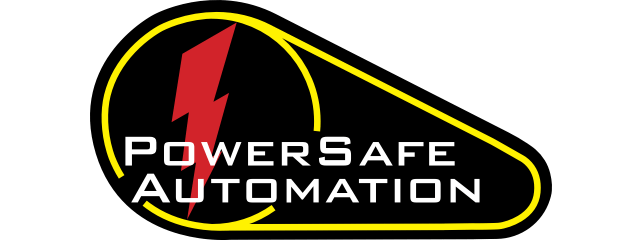FAQ
What Is the Difference Between "Shall" and "Should" in Safety Regulations?
In safety regulations and standards, the terms “shall” and “should” have distinct meanings that directly affect how requirements are interpreted and enforced:
"Shall" = Mandatory Requirement
When a regulation or standard uses the word “shall,” it means the action or condition is legally or contractually required. Compliance is mandatory—failure to meet a “shall” requirement can result in regulatory violations, OSHA citations, or liability.
Example:
"Guards shall be affixed to the machine where possible." (OSHA 1910.212)
"Should" = Recommended Best Practice
When the word “should” is used, it indicates a strong recommendation, but not a mandatory requirement. These guidelines reflect industry best practices and are often based on expert consensus. While not enforceable by law, failing to follow “should” guidance may still expose a company to increased risk or liability in the event of an incident.
Example:
"The emergency stop device should be located within easy reach of the operator." (ANSI B11 standard)
Summary:
-
“Shall” = You must do it (required by law or standard).
-
“Should” = You are advised to do it (recommended for safety and good practice).
Understanding the difference helps manufacturers prioritize compliance while continuously improving their safety culture and system design.

